History
Pioneers from the start
Our story begins in 1980. Back then, we were known as ARP Track Productions, an innovating production house with studios in southern Ontario. From early on, we understood that recording technology is more than just a conduit for capturing sound. We saw it as a force to be harnessed—one with the potential to pioneer new forms of artistic expression.
The early 1980s was a transformative time in sound and music creation. As new technologies started to emerge and MIDI was introduced, our studio became a beta tester and early adopter of all things digital. Companies such as Digidesign, E-MU, and NED Synclavier entrusted us with testing their groundbreaking products. We were also among the first to introduce the music industry to a hybrid analog-digital workflow, combining new equipment such as Prophet, Oberheim, and Moog synths with analog classics like our Neve-Studer combo.
Resonating throughout the music industry
Through all the testing and tinkering, it wasn’t long before we started to find our signature sound. People noticed, and dozens of critically acclaimed projects embraced it. We were recording, mixing, and producing a wide range of commercially and culturally significant music. In addition to album work, we produced more than 600 film, TV, and radio projects. Along the way, the Grammys, Billboard Music Awards, American Music Awards, Canadian & American Country Music Awards, Juno Awards, and ASDIQ Awards showered us with wins in numerous categories.
One of our major milestones was collaborating with Shania Twain. The genre-bending trailblazer—who cleared the path to megastardom for artists like Taylor Swift and Drake—trusted ARP with the production of her record-smashing album The Woman in Me. Working with us, Shania set new industry standards, sonically and commercially.
But for all the awards and praise we’ve helped artists achieve, the longest surviving legacy of ARPs sound is undoubtedly its cultural impact. Shania, Sarah McLachlan, Jean Leloup, Kevin Parent, Les Colocs, April Wine, and Cirque du Soleil’s Alegria soundtrack would forever change the world’s appreciation of Canadian music and culture.
RAC begins
At the height of ARP, we began taking in more interns, all of whom required training. To accommodate, our in-house engineers began doubling as instructors. In 1984, we expanded the internship into an accredited college training program, naming it the Recording Arts Program of Canada. It was the first program of its kind in Canada. Our first campus, based in Stoney Creek, Ontario, was soon accompanied by a second campus in Quebec’s Laurentian mountains. Both locations served as RAC campuses and ARP studios simultaneously throughout the ’80s and ’90s.
Our evolving facilities
In the early 2000s, we moved our campuses to downtown Toronto and Montreal and shortened our name to Recording Arts Canada. In Toronto, we took over Technicolor’s massive production space. Now, we could finally provide students with the kind of studios and equipment used at the very top echelon of the music and film industries. Today, we’re the only music production school with multiple Dolby-certified mix theatres. With consoles including the fully discrete Neve in Toronto and Avid S6 in Montreal, our campuses have attracted students from around the world. In the last 15 years, we’ve seen the proportion of international students grow to about 35%.
Constantly reinventing
Changes in the music production landscape have blurred the lines between music creators, producers, and sound engineers. Now more than ever, it’s crucial for artists to have a well-rounded engineering and production skillset to create signature music that resonates. Understanding these realities, we’ve adapted our program to meet the needs of aspiring sound engineers and music creators alike.
Similarly, changes in approaches to education, paired with new technologies, have let us create more on-campus and cross-campus opportunities for both students and grads. Thanks to our forward-thinking approach to learning, we provide more meaningful interactions, more inter-city study opportunities, and more avenues to fuel creativity. Continuing in this trajectory, we have many exciting initiatives in the pipeline.
We look forward to writing our next chapter with you.
Explore our college
Get better, faster than a university student
Our program delivers over 30% more training than a 4-year university major, in a quarter of the time.
Our program consists of over 900 hours of specialized training—and it all happens in less than a year.
A four-year university program, by contrast, typically consists of 675 hours of major courses and another 675 hours of irrelevant elective courses.
Learn online or on-site
Online program
Study from home and earn a Attestation of College Studies from RAC Montreal.
On-site program
Take the full program on-premise in our state-of-the-art studios, and earn an Attestation of College Studies from RAC Montreal or a diploma from RAC Toronto.
RAC alumni are crushing it





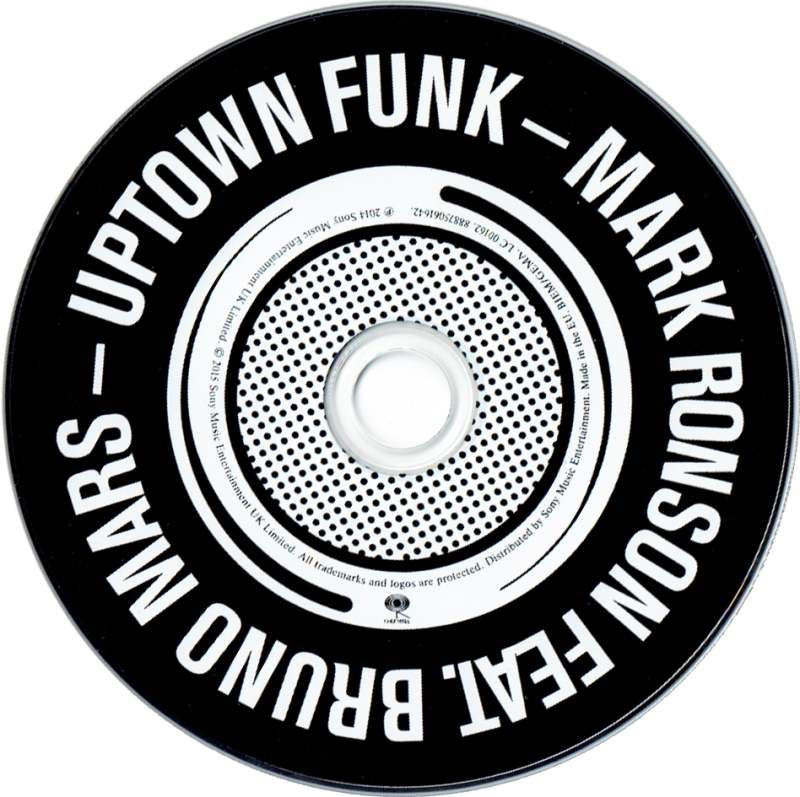

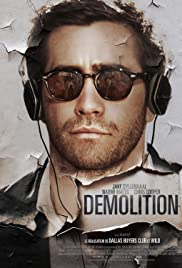


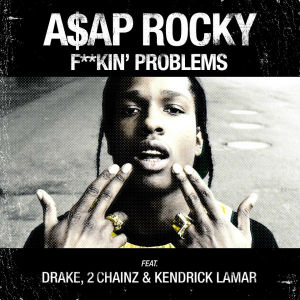
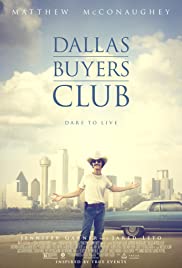


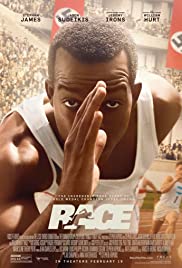


Applicants have our full support.
Apply now and we’ll personally reach out to offer:
1-on-1 feedback session with an RAC mentor
Functional skills & career plan assessment
Financial aid simulation with a registrar
Support throughout the admissions process
Curriculum | Student experience | Alumni | History | Tuition